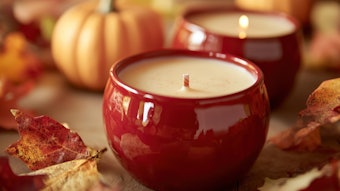The perfumer formulating a fragrance for a product usually has some odor profile in mind. The odor of the oil willl suggest the general character of the fragrance, but changes as it is incorporated into the medium are the rule rather than the exception. Let us consider some reasons for such changes. They may occur immediately, within a short time, or on longer aging but here we are concerned with the changes in odor induced by the product without particular regard to time.
Dilution is the first influencing factor, The temperature/volatility curve has been discussed previously. That ratio is one which can be experimentally determined. We are now considering one which is not susceptible to physical measurement. It is the change in odor intensity with dilution, a ratio characteristic of or peculiar to each odorant, On dilution each odorant naturally undergoes a reduction in odor strength and a change in how the nose perceives the odor. The ratio of perceived odor strength to change in concentration varies widely for the palette of odor materials the perfumer uses. As a result a well balanced concentrate may be out of balance at use level. It explains how a fragrance compounded at the bench and seemingly possessing a good balance of topnote, contrast, and body may lose much of these features when diluted by the product.
A second phenomenon, and one likely to have a greater influence on balance or profile than dilution, is reaction with the medium into which the perfume is incorporated, The reaction may be chemical in nature or it may be due to differential volubility of the perfume components in the product medium, An example is the performance of a perfume containing substantial amounts of phenyl ethyl alcohol in a product which has an appreciable content of water. The greater volubility of PEA in the water phase tends to reduce its odor effect relative to that in the concentrate.










